
The controller is one of the three core components of industrial robots and acts as the brain of the robot. Its quality directly determines the performance of the robot. Therefore, whether it is ABB, KUKA, or domestic suppliers like Siasun and Estun, all major industrial robot suppliers have collectively maintained control over the controllers.
The development goal of industrial robots is to create industrial robot system integration technology, host design technology, and key component manufacturing technology that meet user needs, to break through a number of core technologies and key components, to improve the reliability and stability indicators of mainstream products with large volume and wide application, and to promote the large-scale demonstration application of industrial robots in important industrial manufacturing fields.
As the largest industrial robot market in the world, China’s demand for industrial robots accounts for about one-third of the global total. Stimulated by huge demand and supported by national policies, China’s industrial robot industry has made significant progress. According to relevant statistics, from January to November 2017, China’s cumulative output of industrial robots reached 118,170 units, a year-on-year increase of 68.8%, making it one of the fastest-growing products.
Against this backdrop, industrial robot controllers have also achieved explosive growth. It is predicted that the market size of robot controllers will reach 878 million yuan in 2017. Like the robot body, controllers and software are generally independently designed and developed by robot manufacturers.
Currently, mainstream foreign robot manufacturers’ controllers are developed independently based on general multi-axis motion control platforms. Each brand of robot has its own control system that matches it. Therefore, the market share of controllers is basically consistent with that of robots, and domestic companies have not yet formed a competitive advantage in the controller market.
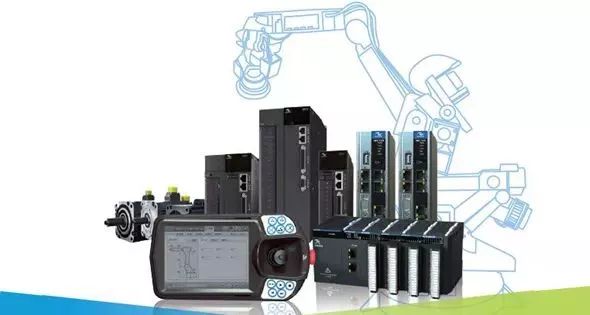

Research Status
With the rapid development of microelectronics technology, the performance of processors is getting higher and cheaper. High cost-performance microprocessors have made it possible to develop low-cost, high-performance industrial robot controllers.
To ensure that the system has sufficient computing and storage capacity, most current industrial robot controllers use powerful chips such as ARM series, DSP series, POWERPC series, Intel series, etc.
In addition, since existing general-purpose chips do not fully meet the requirements of certain industrial robot systems in terms of price, performance, integration, and interfaces, there is a demand for SoC (System on Chip) technology in industrial robot systems, which integrates the required processor with the necessary interfaces, simplifying the design of peripheral circuits, reducing system size, and lowering costs.
Currently, there is no dedicated servo communication bus for industrial robot systems internationally. In practical applications, common buses such as Ethernet, CAN, 1394, SERCOS, USB, RS-485, etc., are usually used in industrial robot systems based on system requirements.
Regarding the architecture of controllers, the research focus is on the division of functions and the specification of information exchange between functions. In the research of open controller architecture, there are two basic structures: one is a structure based on hardware hierarchy, which is relatively simple. In Japan, the architecture is divided based on hardware; for example, Mitsubishi Heavy Industries divides its PA210 portable universal intelligent robotic arm structure into a five-layer structure; the other is a structure based on functional division, which considers both hardware and software and is the direction for the research and development of industrial robot controller architecture.
Since most hardware is purchased externally, industrial robot suppliers can almost all buy the same hardware, while software often becomes the core of industrial robot controllers. Most industrial robot suppliers have their own independent development environments and industrial robot programming languages. Many universities have conducted extensive research on industrial robot development environments (Robot Development Environment), providing a lot of open-source software that can be integrated and controlled under certain industrial robot hardware structures, and many related experiments have been conducted in laboratory environments.
With the development of industrial robot control technology, addressing the shortcomings of closed-structure industrial robot controllers, developing “modular and standardized industrial robot controllers with an open structure” is one of the current development directions for industrial robot controllers.
Next, let’s take a look at the current status of major industrial robot controller brands at home and abroad:
The IRC5 controller is an industrial robot controller developed by ABB, consisting of a control module and a drive module, with an optional process module to accommodate custom equipment and interfaces, such as spot welding, arc welding, and gluing.
This flexible controller equipped with these three modules is fully capable of controlling a 6-axis industrial robot along with servo-driven workpiece positioners and similar equipment. If you need to increase the number of industrial robots, simply add a drive module for each new industrial robot, and you can also choose to install a process module, allowing it to control up to four industrial robots in MultiMove mode.
Only two connection cables are needed between each module, one for safety signal transmission and the other for Ethernet connection for communication between the modules, making module connections simple and easy.
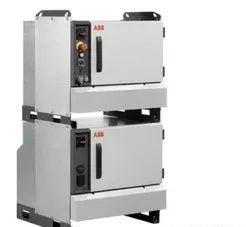
KRC4 is a new system architecture developed by KUKA that is clear in structure and focuses on using open and efficient data standards. All safety control, industrial robot control, motion control, logic control, and process control integrated into this system architecture share the same data foundation and infrastructure and can be intelligently utilized and shared, ensuring the highest performance, upgradability, and flexibility of the system.
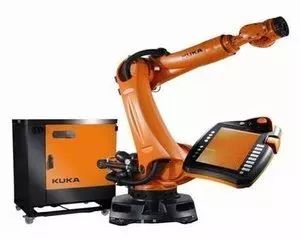
KEBA is not an industrial robot manufacturer, but one of the few non-industrial robot manufacturers in the industrial robot controller industry. Its products are industrial-grade servo control systems capable of controlling multi-degree-of-freedom industrial robots. This control system ensures real-time software operating environment through the VxWorks platform or Windows+RTX real-time extension platform, and can achieve precise control of bus-type servo drivers through motion planning and motion control units.
The KeMotion r5000 series controllers are a complete set of modular controllers for multi-axis motion control systems. The hardware includes the KeMotion controller and various peripheral modules that connect to the controller via Ethernet or bus to achieve application-oriented combinations.
The core part of the control system software runs on the controller hardware platform (x86 embedded microprocessor). Looking from the bottom up, the underlying OS is the VxWorks real-time operating system, which provides a foundation for the system’s real-time performance and reliability, while also providing a runtime environment for application software.
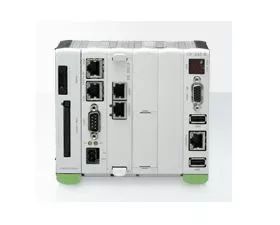
The FANUC Robot R-30iA is a new generation industrial robot controller developed by FANUC, featuring high performance, fast response, and strong safety performance. As the only industrial robot controller that integrates vision functionality, it significantly reduces the cost of peripheral equipment required for flexible production. Based on FANUC’s own software platform, various powerful dedicated software for spot welding, gluing, handling, etc., make operating industrial robots easier and also provide complete immunity against computer viruses.

Yaskawa has developed an open-structured, network-capable industrial robot controller based on PC development. In 2016, Yaskawa also launched a robot controller equipped with artificial intelligence that can automatically set welding conditions and accurately predict the lifespan of the robot body, contributing to the efficiency of startup operations and reducing downtime during mechanical obstacles.
The AI in the controller can autonomously search for the best welding conditions and apply them to the actual operation of the robot. Typically, when welding multiple positions, different conditions need to be set, and the setup work in the new controller has been automated. Beyond welding, it is also considered for applications in painting, processing, and other fields requiring fine adjustments at the front end of the robotic arm.

Siasun is a giant in China’s industrial robot industry, its SIASUN-GRC robot controller has independent copyrights and is a practical, commercialized robot controller developed independently. This robot controller features reasonable design, advanced technology, superior performance, reliable systems, and ease of use. It adopts AC servo drive, absolute code detection, and large-screen Chinese teaching programming box, among other latest technologies, forming an advanced high-performance robot control system. The overall performance of this system has reached the international advanced level, making it the first commercializable robot controller in China, with small batch production capabilities.
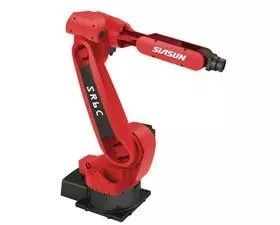
With nearly 20 years of research and development in electrical control, servos, and controllers, Estun has mastered robot and motion control technology and is one of the companies with the highest degree of autonomy among domestic robot brands. It is reported that the robot body, controller, software system, and drive control system in Estun’s intelligent system are all independently developed.
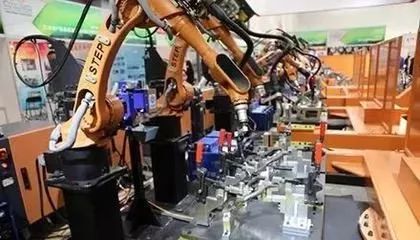
Based on its rich experience in CNC technology, Guangzhou CNC has full intellectual property rights over robot controllers, servo drives, and servo motors, among which GSK-RC is a robot controller independently developed and produced by Guangzhou CNC with independent intellectual property rights.
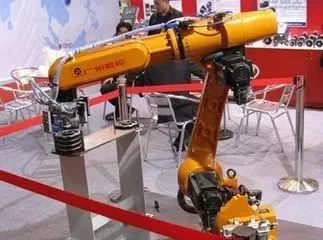
Huazhong CNC developed the Huazhong I type robot control system as early as 1999. After nearly 20 years of development, it has significant technological advantages in the three core components of controllers, servo drives, and motors. The CCR series is the main robot control system developed by Huazhong CNC.

Goko Technology began developing four-axis robot controllers in 2001 and ventured into six-axis robot controllers in 2006, making it one of the earliest companies in China to research robot controllers. As of now, Goko’s control systems cover all types of robots from three-axis to eight-axis, with the eight-axis robot control system, which has the highest technological difficulty, already capable of mass production.
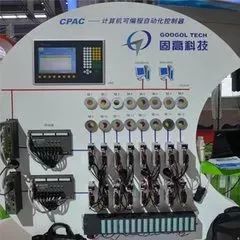
Inovance Technology started with frequency converters and servos, expanding into the controller field in 2013. In 2014, Inovance Technology launched the IMC100 robot controller based on EtherCAT bus and the IS620N bus-type absolute value robot-specific servo system, currently targeting emerging application fields including small six-axis, small SCARA, and parallel robots.
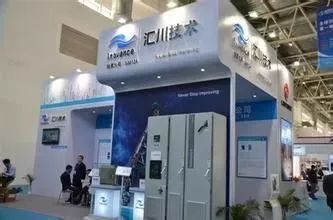
#Source: Industrial Robots#
About Us Robot 365
“Robot 365” (www.jqr365.cn) aims to build the largest robot chain comprehensive service platform in China, helping Chinese manufacturing quickly achieve industrial upgrades and promoting rapid intelligent automation for Chinese enterprises. We are committed to improving production efficiency, enhancing product quality, reducing costs, and increasing competitiveness.
“Robot 365” has established strategic cooperation with national industry associations and various provincial (municipal) industry associations, regional industrial development zone service centers, technology application colleges, and robot training institutions, setting up “Robot 365 service stations” in major cities across the country and regional service points for robot-related technical personnel to provide fast and effective docking for product technology innovation and high-quality MRO one-stop services to help China transform from a manufacturing giant to an intelligent manufacturing power!
Headquarters Address: Building 2, No. 889 Yishan Road, Xuhui District, Shanghai
Service Hotline: 400-6767-076

Robot 365
Changing the Robot Industry
Service Model
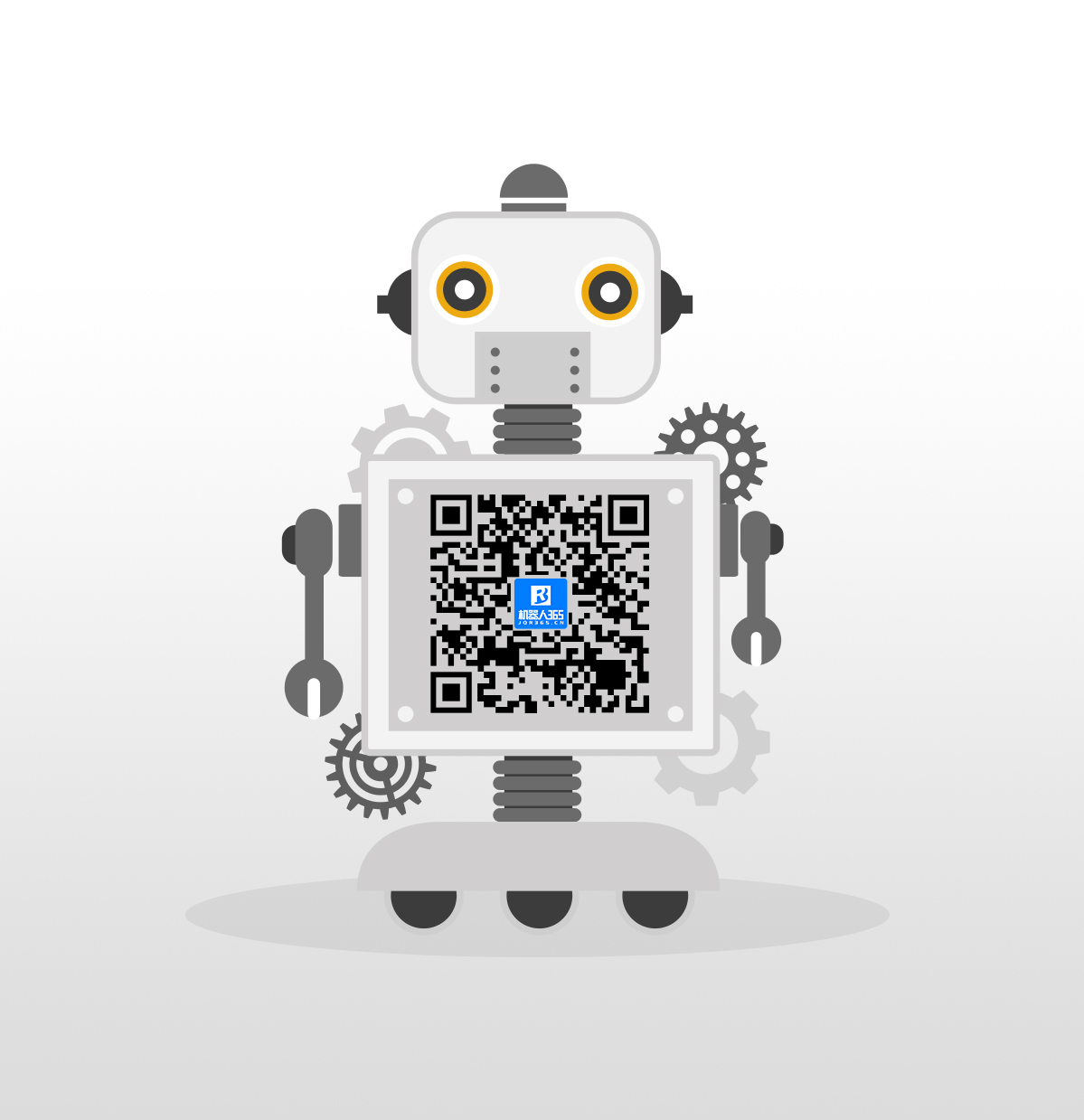
Long press the QR code to follow
Selected Past Issues
People
The Father of Chinese Robots – Jiang Xinsong
丨More
GIFs
Industrial Robots | The Most Capable Mechanical Hands Collection in History
丨More
Insights
What You Must Know About Industrial Robot Control Systems
丨More
Analysis
How to Choose an Industrial Robot Brand
丨More
Overview
Structure, Drive, and Technology of Industrial Robots
丨More
Insights
Understand the Design Process of Industrial Robots in Two Minutes
丨More
Integration
Advantages, Types, and Applications of Industrial Robots
丨More
Insights
Detailed Explanation of Industrial Robot Classification
丨More
GIFs
Collection of the 32 Latest Industrial Robots Released Globally
丨More
Video
16 Industrial Robot Application Case Videos
丨More